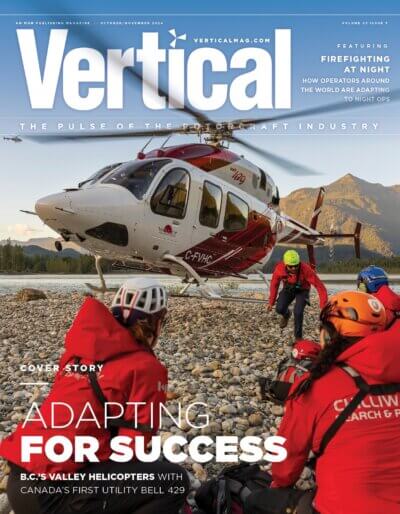BUYING A HELICOPTER
What you need to know before flying your new helicopter home
While finishing up the paperwork and jumping through the final hoops of purchasing your helicopter, you should be researching how you’ll transport your helicopter home.

By: HeliTraderPosted on: December 21, 2022
While finishing up the paperwork and jumping through the final hoops of purchasing your helicopter, you should be researching how you’ll transport your helicopter home. There are basically two options: shipping and ferrying. Your decision on which of these to use is often dictated by the cost, time involved, and logistics.
“When determining whether to ferry your helicopter, you should consider a number of factors,” said Marcus Vogel, chief pilot and operations manager at Big Blue Air in Stayner, Ontario. “Distance is the first major factor, and how soon you need it at your base. Flying is fastest but, depending on distance, can be pretty expensive. Of course, you need to consider the aircraft’s condition. Is it in good shape to fly the distance? Is there maintenance coming due?
“The other big thing is putting a plan together to know the full cost to ferry — hours of flight time, days requiring a hotel, transportation, food costs for the pilot… all those things,” he continued. “You will also need to budget for a ferry pilot if you are not qualified in that type or don’t have enough experience to be covered by insurance.”
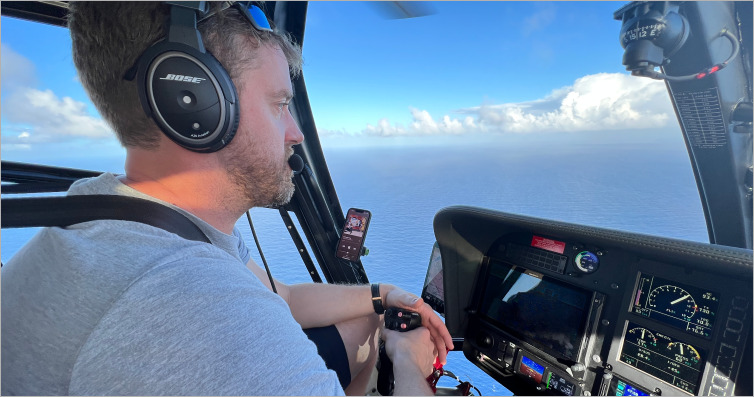
for a ferry pilot. Marcus Vogel Photo
Determine time and cost
“Ferrying can very well be one of the longer flights the aircraft ever goes on, so it’s usually a big expense,” noted Vogel. “It can also be unpredictable. For example, to go from Texas to Ontario is about 12 to 15 hours of flight time, depending on the aircraft. If weather is good and there are no maintenance issues along the way, you can do that in a couple of days. But weather and maintenance can slow that down. For a recently maintained aircraft or a new one, maintenance shouldn’t be as much of a problem. However, it’s wise to anticipate a potential maintenance issue if ferrying an aircraft toward the end of a cycle before a large scheduled maintenance or overhaul.”
This is particularly true when ferrying helicopters across multiple countries, especially those with few maintenance options.
“Maintenance delays are a huge headache,” said professional contract pilot Darcy Hoover, who has flown helicopters around the world, including across hostile war-torn regions. “You could break down in a country that is difficult to get parts in or out of. Weather can cause delays, but usually just a day or two. Depending on the aircraft type and length of ferry, you may want to include an engineer or two and a ‘fly-away’ kit of spares and tools.”
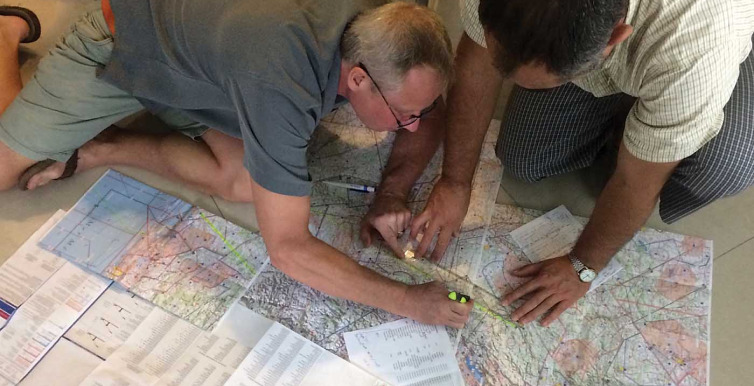
Hourly aircraft operating costs and fuel can be fairly accurately predicted with preflight planning. Other costs include pilot needs. Vogel suggests it’s in the owner’s best interest to not skimp on hotels. “A good night’s rest in a comfortable hotel where a pilot can get a good meal will help the pilot stay sharp and be in the best shape to take good care of your asset,” he said.
Other costs include landing and overnight fees, pilot transportation between the airport and hotels and restaurants, and food.
If the new owner is not ferrying the helicopter, ferry pilot fees need to be considered. Depending on the type of aircraft, pilots can charge anywhere from several hundred dollars to $1,500 per day. Some will request a per diem on top to cover hotel, food, and transportation, while others could request direct reimbursement for expenses.
“There are several ways you can pay your ferry pilot,” explained Vogel. “You don’t want to be taken advantage of with someone taking a little longer than needed, but you don’t want them to fly in bad weather. Some people pay a base day rate plus hours flown, then a per diem or reimbursement of expenses.” For larger helicopters, Hoover charges closer to $1,500 a day, especially when flying across multiple countries.
In cases where the new owner wants to accompany the ferry pilot, there is one other consideration to include, said Vogel. “A professional pilot can fly eight to 10 hours a day, but a new private owner may not be comfortable flying that long,” he warned. “You need to consider this when calculating how long it will take to ferry the aircraft and the added expenses of extra days. It may be worth it to the owner, having that experience. It’s just important to be realistic about what they can do in a day and plan accordingly.
Be prepared when crossing borders
Speaking of border crossings, ferrying your aircraft between countries adds an additional level of required knowledge and experience, not to mention preparation.
First and foremost, the pilot in command (PIC) must be licensed in the aircraft’s registered country. For instance, an FAA-registered helicopter, even if being flown from Brazil to Canada, will require a PIC with an FAA-issued license.
Vogel says moving an aircraft between the U.S. and Canada is fairly simple and similar to driving across the border when reporting to customs. Have your license and registration, proof of purchase, and paid import and export fees and taxes handy, and things should be smooth sailing, he said.
Flying south of the U.S. border and beyond, in addition to other parts of the world, adds levels of complexity. Vogel’s team often flies through the Caribbean and south through Mexico into Central and South America. “From Mexico on south, you have to have a flight plan filed at the airport before takeoff for every leg, and you have to report to customs in each country,” he explained. “Sometimes they look at your paperwork and determine you are who you say you are and the owner is who the paperwork says. Other times they’ll inspect the aircraft and all its contents as well. You have to be ready for everything, have all your paperwork in order, and plan for the time it takes to do this in every country.”

Hoover added that it is also important to be aware of what pitfalls to avoid — a handy benefit of hiring an experienced pilot in international ferry flights.
“Does the routing take you through dangerous or active war zones? Does the routing require massive bureaucracy to transit through? Sometimes this can be avoided if knowledge of the route is ample,” said Hoover. “Tons of helicopters are ferried from the U.S. to Brazil, for example. No one stops in Port of Spain in Trinidad and Tobago on the main island, as they are famous for being a pain; instead, stop in Scarborough on the small island of Trinidad and Tobago, where it’s easy to pass through.”
Choosing a pilot
Many private owners often want to participate in ferrying their aircraft. Insurance and licensing requirements will dictate if they can, in fact, be PIC or even log the flight time.
However, a ferry flight is a good opportunity to become familiar with the aircraft, its avionics, and its systems — not to mention have a great adventure. In these cases, finding a qualified ferry pilot is paramount.
“Your insurance company will dictate the experience needed to be covered on the aircraft,” said Vogel. “Your broker or even your maintenance provider where you’ll have the aircraft looked after can be a good source for finding someone with those qualifications. Look for a pilot with experience in the make and model and who has experience ferrying or at least flying across country. If you’re having the aircraft ferried across borders, it’s valuable to hire a pilot that has experience in international ferry flights, especially in the region you’re having it flown.”
Hoover emphasizes the value of doing your homework: “Guys could BS — which is pretty common in the industry — by saying they can or have done something. Then you figure it out when they get there, which often leads to headaches, delays, and more costs. Ask around for references and information on other ferries they performed. There are pilots who specialize in ferrying aircraft.”

Darcy Hoover Photo
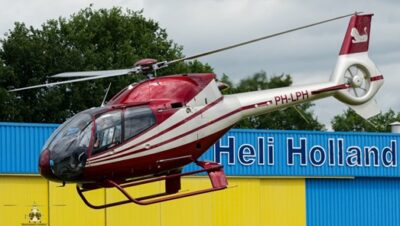
Airbus EC120B
Contact seller for price
Year: 2001

Airbus AS350B3
USD $ 1,599,000
Year: 2004
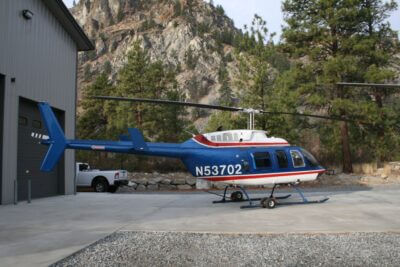
Bell 206L3
Make an offer
Year: 1992

Bell 206L4
Make an offer
Year: 1996
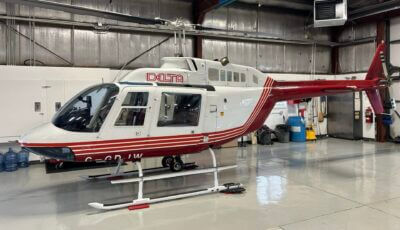
Bell 206B3
Contact seller for price
Year: 1979

Bell 206B3
Contact seller for price
Year: 1980

Airbus AS355F2
Contact seller for price
Year: 1992

Bell 206B3
Contact seller for price
Year: 1973
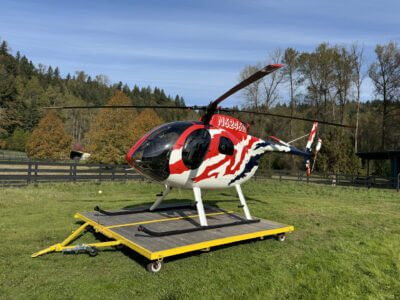
MD Helicopters 369A
Contact seller for price
Year: 1968
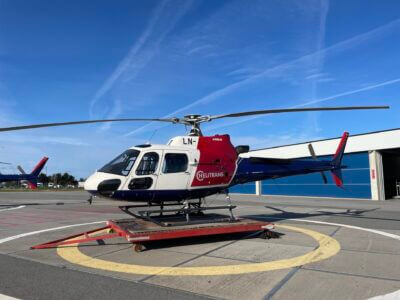
Airbus H125
EUR € 2,400,000
Year: 2020





